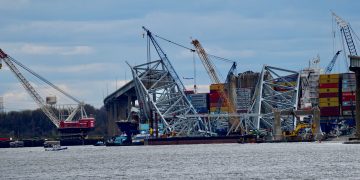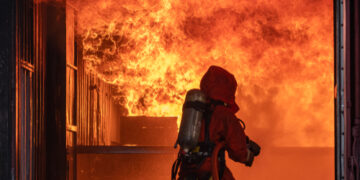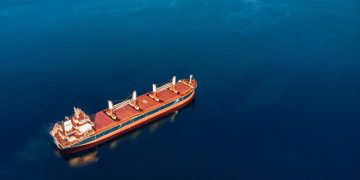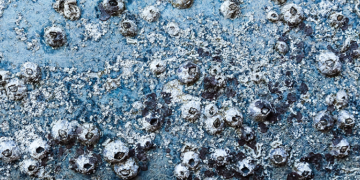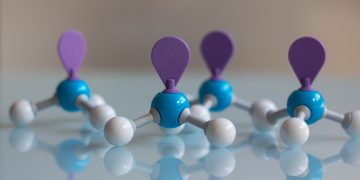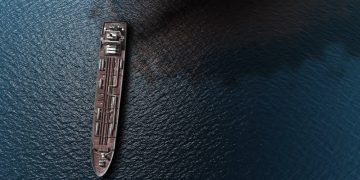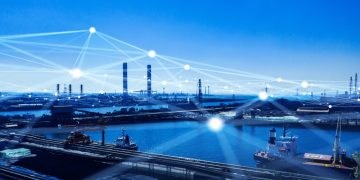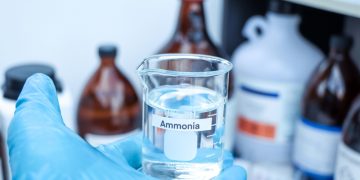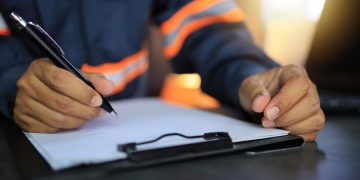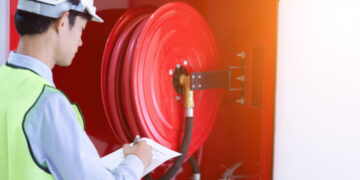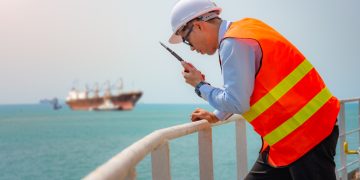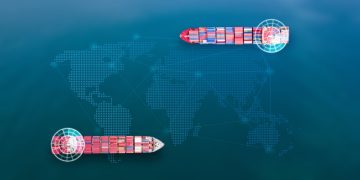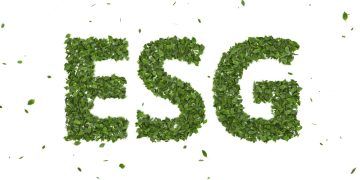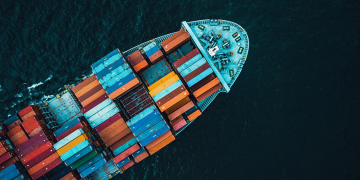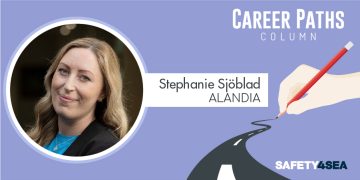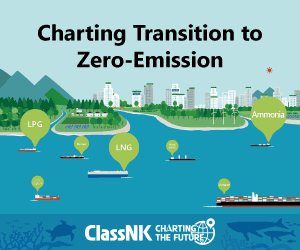DNV strengthens global position through three separate companies
DNV appoints new maritime CEO Following the transfer of the majority shareholding in KEMA, DNV is now establishing a group structure to manage the strong industry positions it now holds. By merging some of its activities with KEMA, DNV is committed to driving the global transition toward a safe, reliable and clean energy future.As of 1 March, DNV's operations will be carried out through three separate companies: DNV Maritime and Oil & Gas, DNV KEMA Energy & Sustainability and DNV Business Assurance. Each company in the DNV Group will have a dedicated leadership team.CEO Henrik O. Madsen will become CEO of the DNV Group. DNV now consists of more than 10,000 employees and has offices in 100 countries. The company now has an even stronger foothold in the US, where DNV has 1,700 employees, as well as in China where it has more than 1,200 employees."Historically, DNV has been strongest in the shipping industry, and this is still true today. Our solid base in the maritime industry has allowed us to branch out into the oil and gas sector, where we now have a firmly established presence. From there, we have expanded into cleaner energy and built up our work ...
Read more




